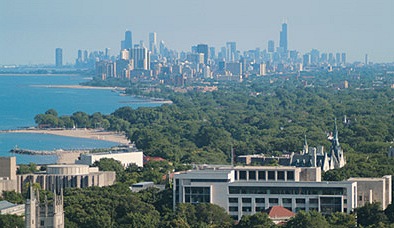The great American Musicologist H. Wiley Hitchcock died early on Wednesday morning (December 5, 2007) after a long illness. Hitchcock started his career in musicology studying French and Italian Baroque music, and then transitioned into American music, editing the New Grove Dictionary of American Music and a series of 11 textbooks (writing the volume on American music himself), and publishing extensively on Charles Ives. He served as director of the American Musicological Society from 1990 to 1992, and spent most of his career teaching at Brooklyn College.
Frank Oteri interviewed him for NewMusicBox in 2002, and at the end of the interview he said:
Any music, if one gets interested in it, is worth taking very seriously, not only emotionally but intellectually and significantly as a part of life. It’s a matter of being interested in sound and music, and in the experiencing of sound as something other than a signal for action (like a siren, for instance). For me, no music that I can imagine is unworthy of attention. Whether it mandates attention by everyone is another matter.
I lovely sentiment.
Update: Kyle Gann eulogizes his friend Wiley here.
